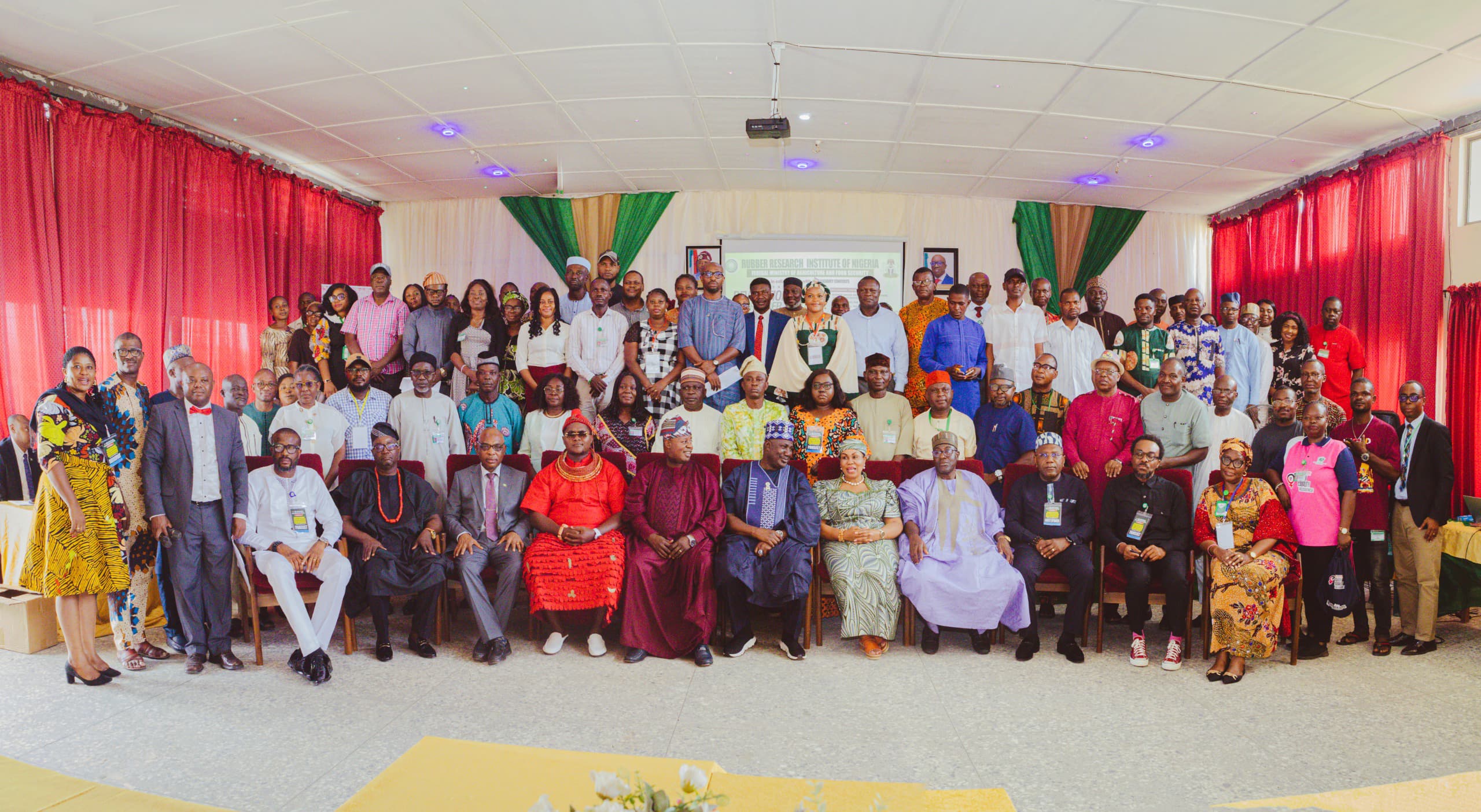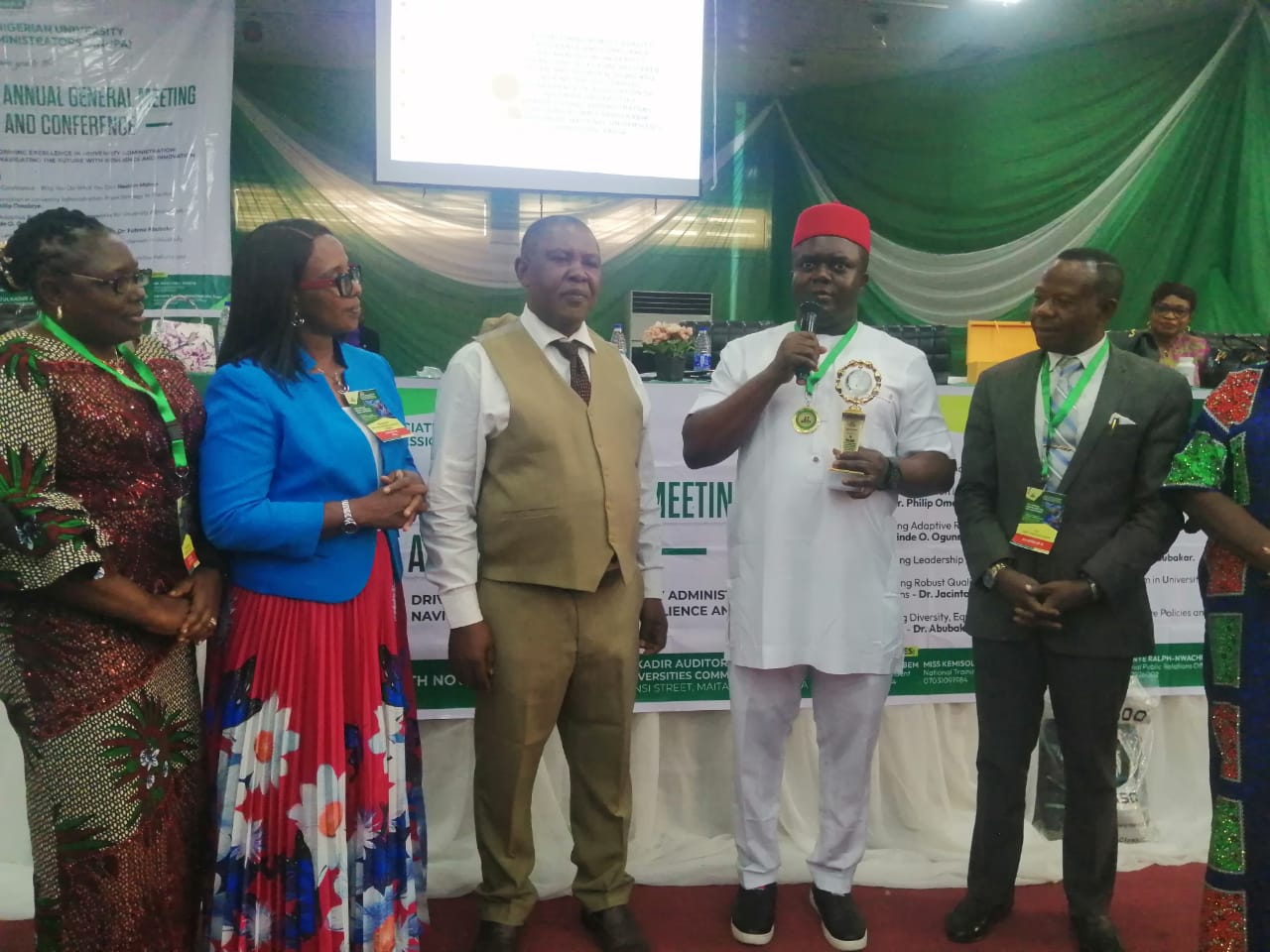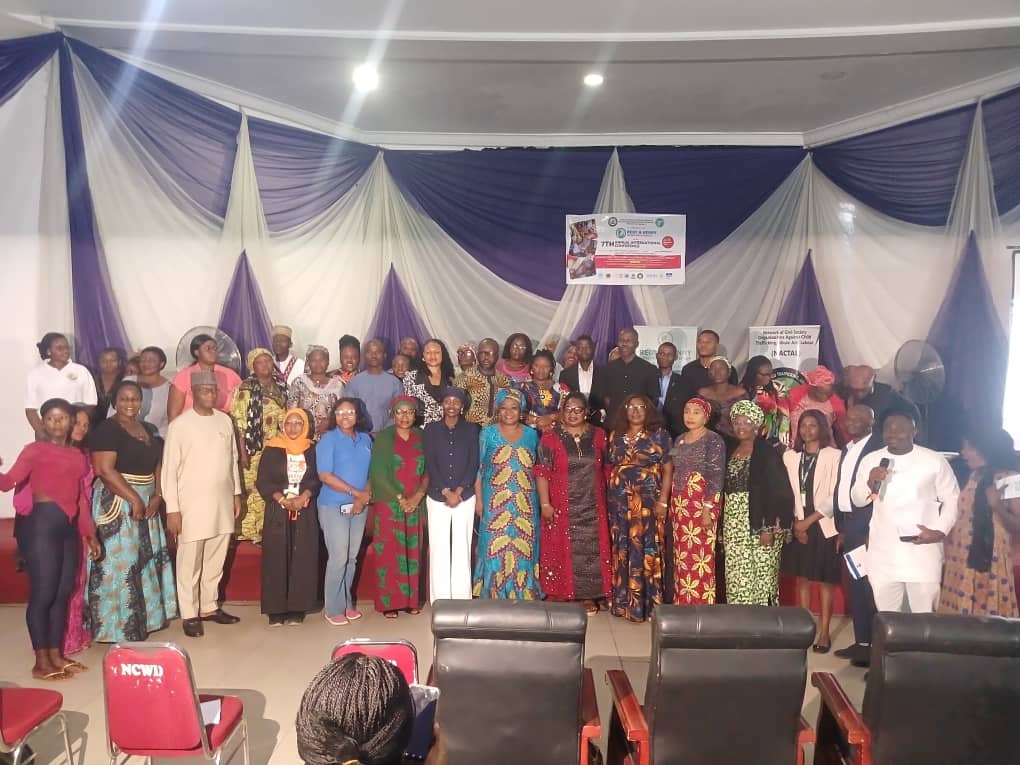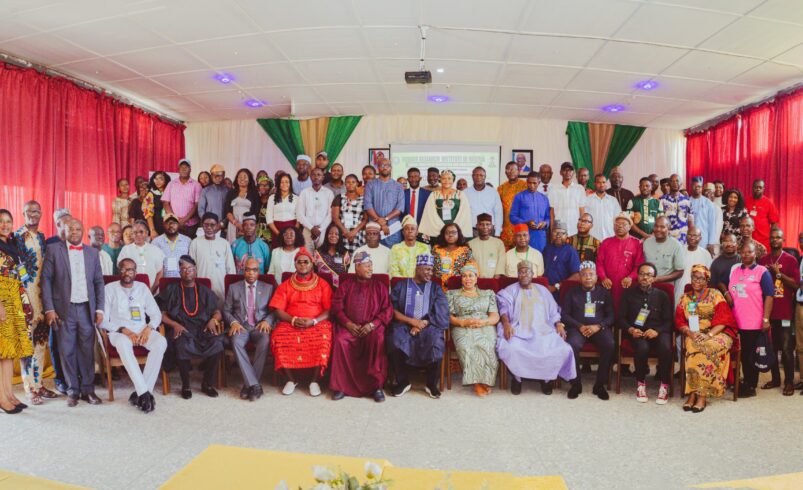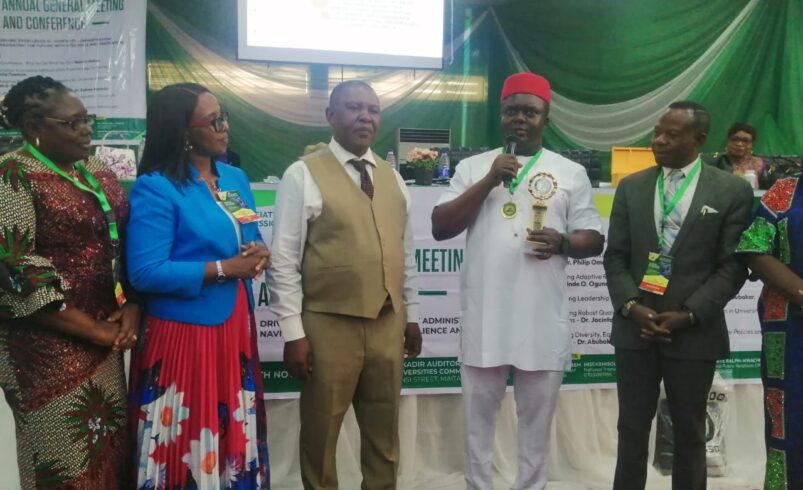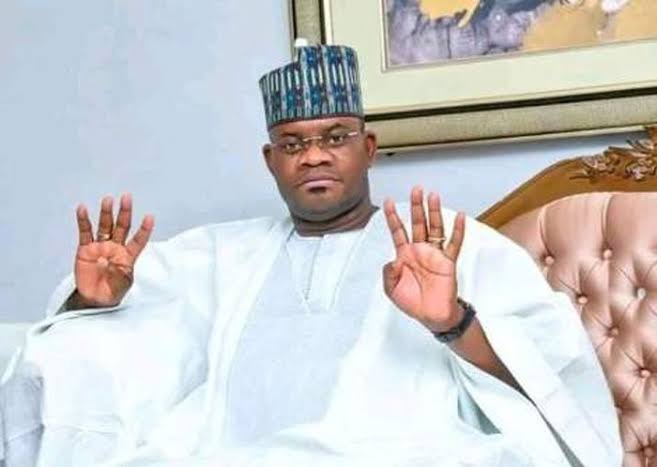By: Goodluck E. Adubazi, Abuja.
The Director General of the Raw Materials Research and Development Council (RMRDC), Prof. Nnanyelugo Ike-Muonso has stressed the urgent need for comprehensive, result-driven policy reforms to reposition Nigeria’s rubber industry for global competitiveness. He made the call during his paper presentation at the Rubber Research Institute of Nigeria (RRIN) two-day roundtable on “Revolutionizing the Rubber Sector for Economic Independence,” held at the RRIN Conference Hall in Benin City, Edo State. Speaking on the need for urgent reforms, Professor Ike-Muonso recalled that in the 1960s and 70s, Nigeria’s rubber sector was a cornerstone of agricultural exports, contributing significantly to national revenue. The industry, he noted, was not only a major foreign exchange earner but also a vital source of employment for thousands across the Niger Delta, particularly in Edo, Delta, and Akwa Ibom States. During this period, a vibrant local manufacturing base thrived on steady rubber supply, supporting industries such as tyre production, footwear, and other rubber-based goods. However, he lamented that Nigeria has since lost its competitive edge due to decades of policy stagnation, inadequate investment, and failure to modernize the value chain.
To illustrate the consequences of this neglect, Ike-Muonso drew attention to the 2023 global rubber production rankings, where Nigeria placed 13th, far behind nations that have embraced bold policy reforms. According to him, Thailand, which implemented aggressive, policy-driven reforms, recorded a compound annual growth rate (CAGR) of 5.7%, expanding from roughly 300 kMT to 4,900 kMT and securing the No. 1 global position. Indonesia, with steady and consistent sectoral expansion, posted a 2.7% CAGR, growing from 800 kMT to 3,000 kMT, and currently sits at No. 2 globally.
“In contrast,” he stated, “Nigeria’s output has remained largely stagnant. While other countries are accelerating through strategic reforms, we are still trapped in outdated practices and weak policy frameworks that prevent the sector from attaining even half of its true potential.” Ike-Muonso stressed that with Nigeria’s favourable ecology, extensive rubber-growing zones, and robust research capacity within institutions like RRIN, the country can reclaim its status as a major global producer, but only if urgent, coordinated, and result-oriented policy reforms are implemented.
He further outlined the structural bottlenecks undermining Nigeria’s rubber industry, beginning with the aging plantations, where more than 60% of rubber trees are now over 30 years old and well past their peak productive age. This, he noted, has resulted in drastically reduced latex yields and widespread land-use inefficiency across major rubber-producing states. Ike-Muonso also highlighted severe funding gaps as a major constraint. With smallholder farmers accounting for nearly 70% of national rubber output, he stressed that most of them lack access to affordable credit, long-term financing, or replanting grants, an urgent necessity given the lengthy gestation period required for rubber trees to mature. Without sustained financial support, he warned, replanting efforts will remain slow and inadequate. Another critical challenge he identified is the persistent value drain in the sector. Nigeria currently exports about 98% of its rubber in raw lump form, a practice he described as economically self-defeating. By shipping out unprocessed raw materials, the nation forfeits billions of naira in potential value-added revenue that could be generated through domestic processing, manufacturing, and downstream product development.
He maintained that unless these bottlenecks are decisively addressed through targeted, result-oriented reforms, Nigeria will continue to lag behind its global competitors despite its natural comparative advantages.
To achieve meaningful and measurable results in revitalizing the sector, Ike-Muonso presented a comprehensive reform framework designed to restore Nigeria’s competitiveness. He stressed the need for efficiency in policy design, beginning with the development of a National Rubber Sector Masterplan (2025–2035) that will harmonize strategic goals and investment priorities across government and industry. He further recommended the establishment of a single-window coordination platform to streamline stakeholder engagement, alongside the deployment of digital monitoring systems for accurate plantation mapping and real-time productivity tracking. According to him, improving value-chain management is essential. This would require stronger public–private collaboration through dedicated coordination platforms, the development of cluster-based industrial zones to enhance processing and logistics, and the adoption of Result-Based Financing to ensure that funding is tied directly to measurable improvements and outputs. He added that effective governance must underpin all reforms. This includes introducing sectoral scorecards and KPIs, conducting annual performance reviews, and tying fiscal incentives to verifiable outcomes to ensure accountability and impact.
Ike-Muonso outlined key priority interventions, beginning with a large-scale plantation renewal programme aimed at replanting one million hectares over the next ten years using high-yield rubber clones an effort expected to boost smallholder farmer incomes by at least 30 percent. He also proposed the establishment of a dedicated Rubber Development Fund, to be jointly managed by CBN, BoI, and AfDB, offering single-digit interest financing to support plantation renewal, processing expansion, and modernization across the value chain. Additionally, he recommended the creation of processing parks in Edo, Cross River, and Delta States to convert raw latex into crumb rubber, sheet rubber, and other semi-processed products, thereby drastically reducing the export of raw rubber and increasing domestic value addition.
Speaking on opportunities for subnational governments, he explained that states could generate significant revenue by allocating land banks under secure long-term leases of 25 to 45 years. Fast-tracking the issuance of Certificates of Occupancy for investors could unlock an estimated ₦20 billion in annual lease revenue. He added that offering tax holidays of three to five years and improving rural infrastructure would reduce investor entry costs by up to 20 percent, making the sector more attractive to both local and foreign investors. Ike-Muonso concluded that with disciplined implementation of these reforms, Nigeria has the potential to regain its competitive position in the global rubber market and build a sustainable, value-driven industry capable of contributing significantly to national economic growth.
The participants warmly applauded Prof. Ike-Muonso’s presentation, including the Executive Director/CEO of RRIN, Dr. Lelia N. Dango, who commended the depth of his analysis and the clarity of his reform pathway. The critical issues he highlighted became central talking points during the panel session, prompting robust engagement from stakeholders across government, industry, and research institutions. The deliberations culminated in a set of actionable plans aimed at revitalizing and comprehensively revamping Nigeria’s rubber sector, reaffirming a shared commitment to repositioning the industry for sustainable growth and global competitiveness.



